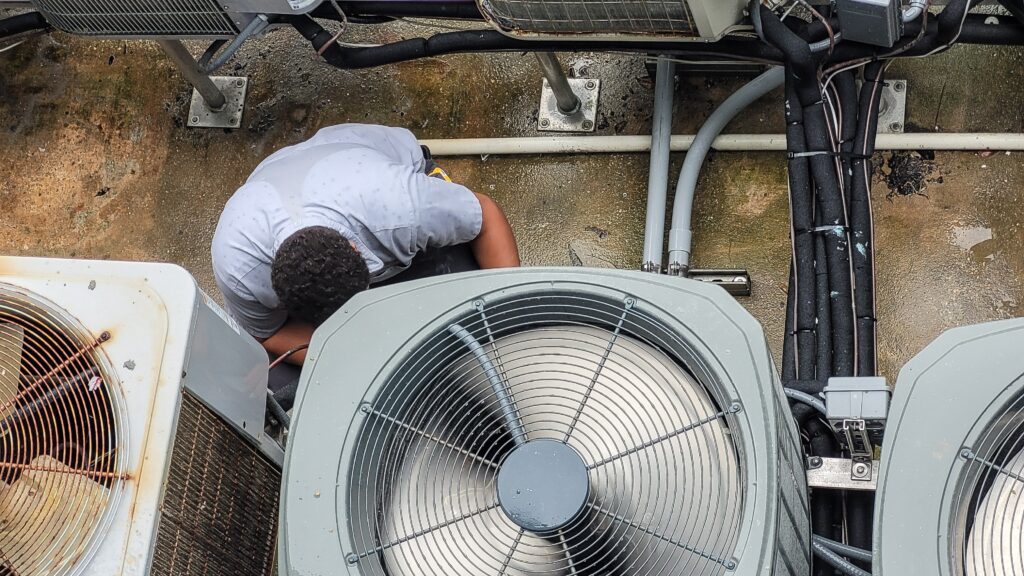FAQ
- Home
- FAQ


Got questions? We've got answers.
Your HVAC systems should be serviced before the start of each heating and cooling season. So, your air conditioner should have regular maintenance performed at the end of winter or beginning of spring, while your heat pump or furnace should have its regular maintenance performed at the end of summer or beginning of fall.
Your air filters should be replaced every three to six months depending on usage. This is vitally important to the performance of your HVAC systems and your indoor air quality.
The short answer? So important! Your indoor air quality can be as much as 100 times worse than the outdoor air. That means pollutants, allergens, dust, and mildew can be circulating in your home affecting your family’s health and wellbeing. Improving and maintaining your indoor air quality is vitally important to your home and family.
Installing a programmable thermostat in your home helps you take control of how much energy you use for heating and cooling. If used effectively, a programmable thermostat can help you improve energy efficiency and save money on your utility bills.
A ductless mini-split system is an alternative to traditional heating and cooling like central air. Ductless HVAC works similarly to central heating and cooling, except that it doesn’t require ductwork. Your mini-split system will have an indoor and outdoor unit, but it will only require a small hole to be cut through the exterior wall—just big enough for a tube of refrigerant to pass through. Inside your home, the air will be conditioned and returned into the room by the same unit.
Zoned HVAC allows for better comfort control, decreased energy bills, and higher energy efficiency (energy waste is reduced because your HVAC equipment won’t have to work as hard to regulate the temperature throughout the house).
HCFC-22, commonly called R-22, has been a common refrigerant used in residential heat pumps and air conditioners for more than 40 years. But releases of R-22, such as those from leaks, contribute to ozone depletion, and the making of R-22 results in a byproduct that contributes to global warming. This refrigerant is now being phased out by the EPA. By January 2020, chemical manufacturers will no longer be able to produce R-22.
There are a number of factors that contribute to needing a furnace replacement. How old is your furnace? If it’s over 10 – 15 years old, it’s likely time for a furnace replacement—simply because this will improve your energy efficiency. Other factors include: how well it’s heating your home, how often it requires repairs, how much it costs to heat your home, etc.
Saving money on your monthly electric bills in the summer is important—so what is the best thermostat setting during the hottest season of the year? We recommend keeping your thermostat set to 72 degrees (at the lowest) with the fan set to AUTO rather than ON.
Sometimes it’s easy to make the case for an AC replacement—your AC is completely broken, for example. However, if your air conditioner isn’t in immediate danger of failure, there are a couple of things you should consider when thinking about AC replacement:
Energy costs – air conditioners made 10 years ago are less than half as efficient as current air conditioners. In fact, the minimum SEER for any ACs manufactured now is 13 and many systems exceed that.
Return on investment – when you’re improving your home’s energy efficiency with an AC replacement, you can help lower your utility payments—it can even start creating a healthy return on investment over time.
Your current AC is too noisy – you can spring for AC repairs to fix the noise or you can invest in an AC replacement to fix it forever.
Your AC breaks down at inconvenient times – if your air conditioner seems to break down every time you run it hard (such as when it’s really hot out), this could be a sign that it’s not cut out to work properly whenever you need it.


